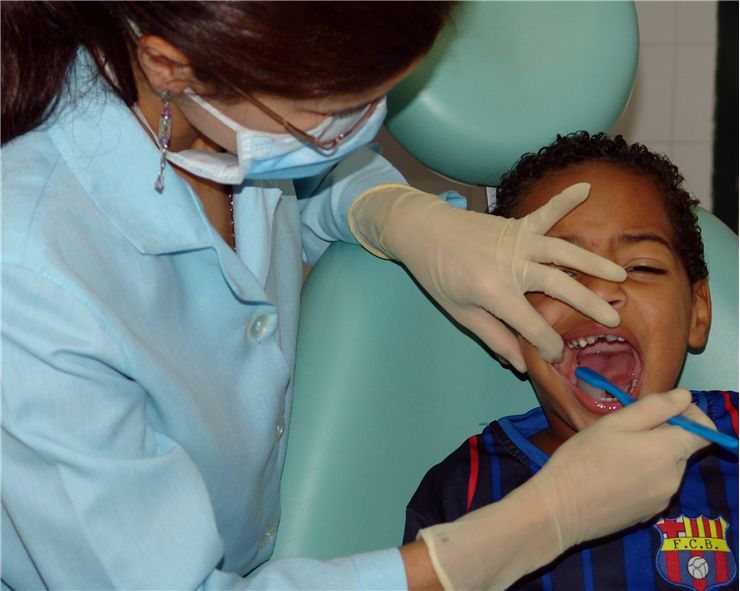History of Dental Caries and Cariology
Dental caries , tooth decay or a cavity, is an infection caused by bacteria which ferments food debris and produces acid which, in turn, causes demineralization and destruction of the hard tissues of the teeth (enamel, dentin and cementum). It is one of the most common diseases throughout the world and history. Study of dental caries is called cariology.
Human race lives with caries for millions of years now. Australopithecus suffered from cavities. Skulls that were found and that date form the Paleolithic and Mesolithic ages d show signs of caries. Earliest increase in caries is attributed to dietary changes, increased consumption of plant foods containing carbohydrates and beginning of rice cultivation. A Sumerian from 5000 BC blamed a "tooth worm" for caries. Same belief, at the same time, shared peoples of India, Egypt, Japan, and China. They tried to treat caries with dental drills. Teeth dating from around 5500 BC to 7000 BC found in Pakistan have in them almost perfect holes made with primitive dental drills. Egyptian text from 1550 BC, called Ebers Papyrus, mentions some diseases of teeth. King's physician, during Sargonid dynasty of Assyria (668 to 626 BC), writes about the case where a spreading inflammation was stopped by extracting the tooth. Ancient Greeks, Romans and Egyptians have treatments for pain caused by caries.
Bronze Age and Iron Age had a pretty low caries but with appearance of sugar cane in the Western world in 11th century, caries rises again. It was treated with herbal remedies, charms and bloodletting. Stronger cases were treated by tooth extractions which were done by barbers which were very successful in these treatments and probably prevented spread of infections in many cases. Dentistry even had its patroness Saint Apollonia and prayers to her were meant to heal pain caused from tooth infection. North American Indians also suffered of increase caries cases after contact with colonizing Europeans because they switched from hunter-gatherer diets to maize based.
With Age of Enlightenment, medical community of Europe stops believing that “tooth worm” causes the caries and blames sugar which was not far from the truth. Pierre Fauchard, known as the father of modern dentistry, was one of the first to proclaim this idea. W.D. Miller found in the 1890s that acid producing bacteria inhabits the mouth and that dissolved tooth structures. He and G.V. Black and J.L. Williams, who researched plaque, made basis for explanation of the etiology of caries. Fernando E. Rodriguez Vargas found also several of the strains of lactobacilli in 1921. A spherical bacterium in chains (Streptococcus mutans) were found by Killian Clarke in 1924 in London for which he believed that they were the cause of caries but experiments were not proved later. They were accepted as a cause of caries only in late 1960s after the experiments on hamsters of Keyes and Fitzgerald in 1950s. So, for one to have dental caries one must have bacteria, material on which those bacteria will feed and, of course, teeth which lead to characterization of tooth decay as a multifactorial disease.

